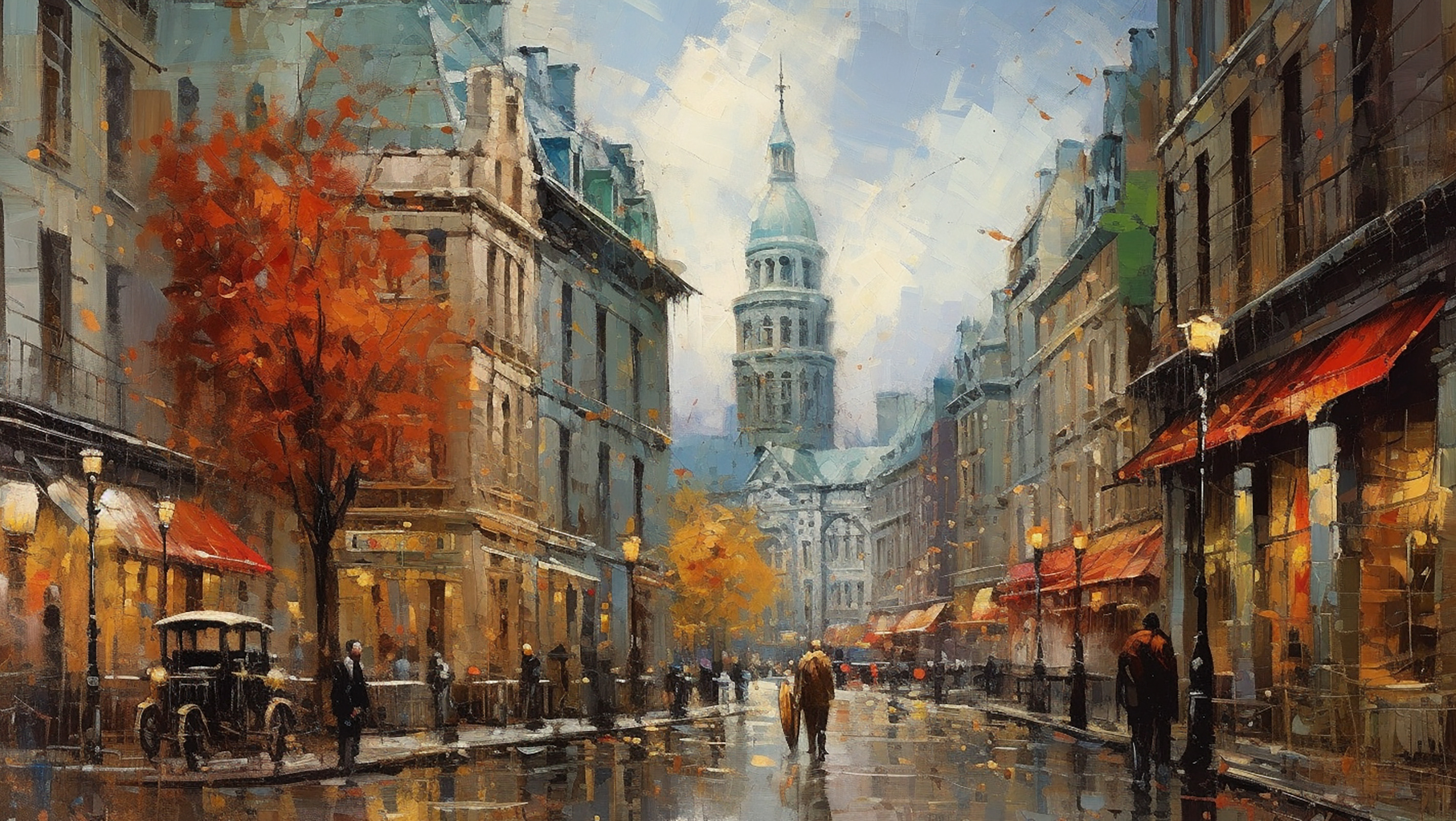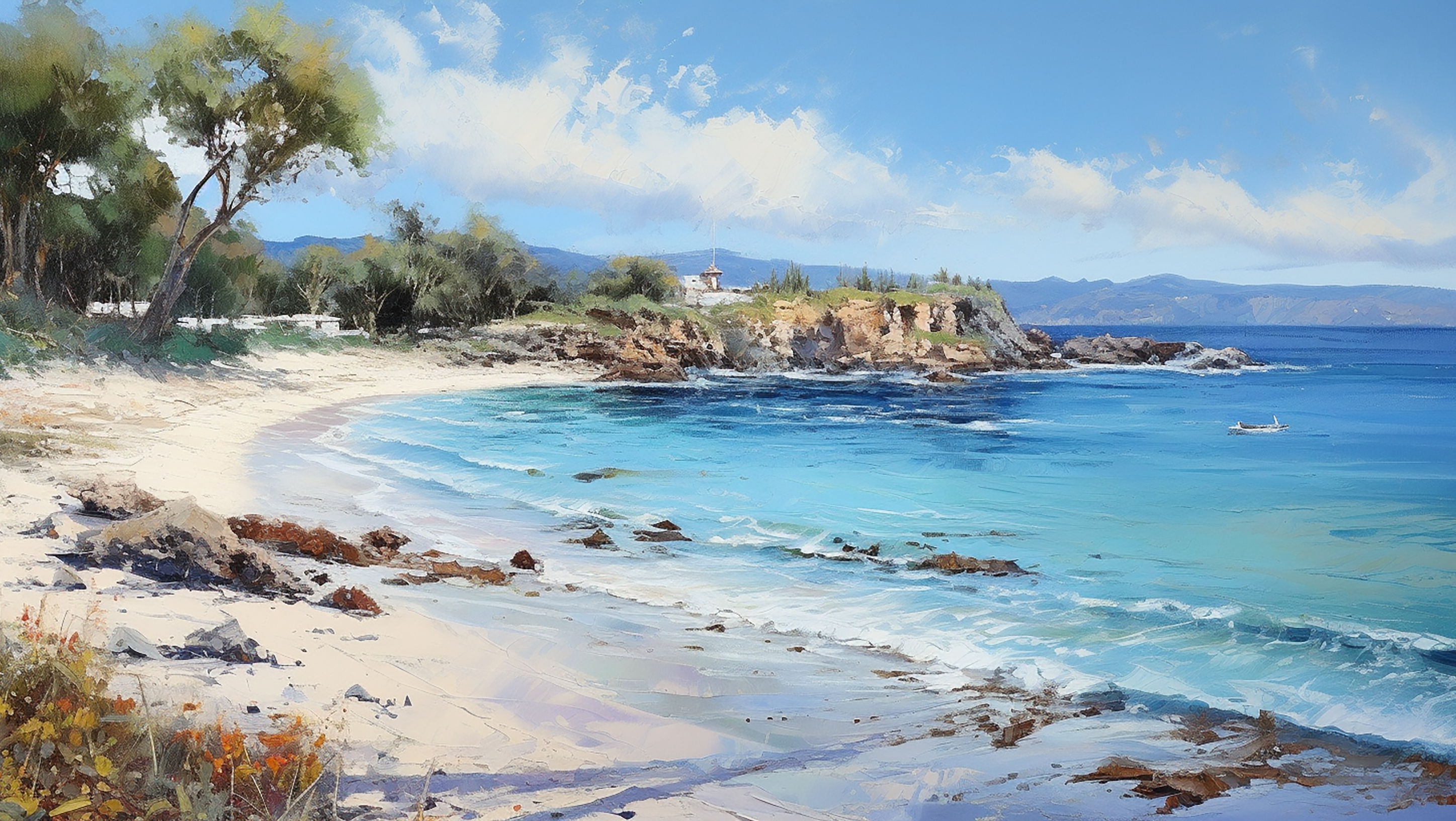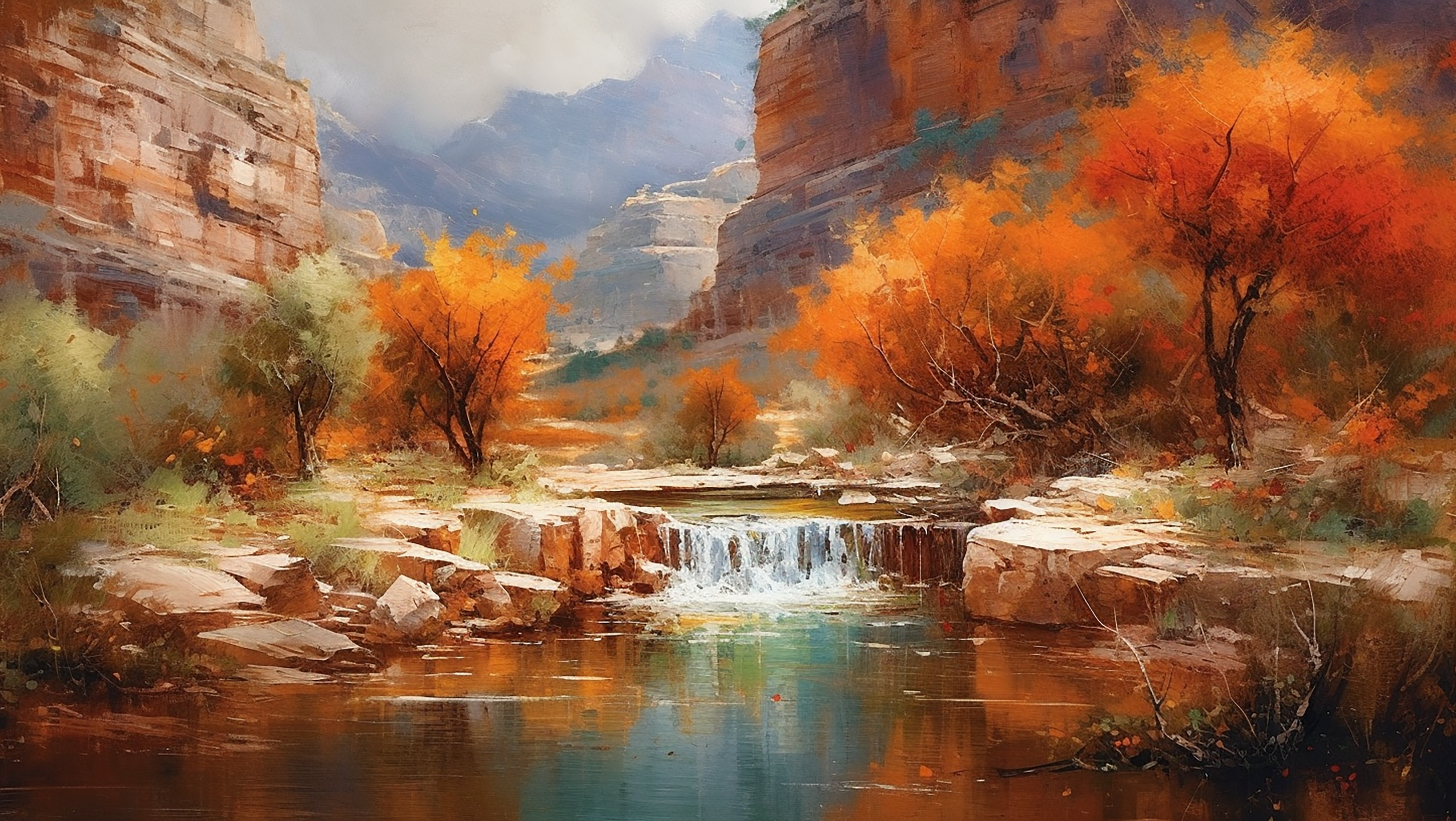Gibraltar: A Journey Through Time and Terrain
The Flight into Historical Perspective
The journey began with a flight from the heart of London to the periphery of Europe. I found myself entranced as the landscape shifted beneath, observing France and Spain's patchwork quilt of landscapes as we traversed across. Approaching Gibraltar, I was immediately struck by the Rock. This monolith, a massive Jurassic limestone promontory, encapsulates millions of years of geological history, standing both as a testament to the Earth's evolution and a monument to human history. The runway, the city's link to the outside world, nestled just between this towering rock and the Spanish border, seemed almost to defy the confines of the territory.
Stepping off the plane, I was welcomed into a city that thrives within its constraints. Gibraltar, crammed into its 6.7 square kilometres, is a testament to human adaptation, turning geographical constraints into a vibrant hub of culture and life. Even within the bustling streets and buildings, one can see how the city has been moulded by its topography, with houses built into the hillside and winding roads that adapt to the landscape.
My temporary home in Gibraltar was the O'Callaghan Elliott Hotel, a venue steeped in the city's unique history and culture. The architectural design of the hotel, its location in the heart of the city, and its proximate accessibility to various tourist attractions made it an ideal base for exploration. From here, the imprint of civilizations, from the Moors to the Spanish to the British, was apparent in the varied architecture and in the distinct blend of cultures that have left their mark on this tiny peninsula over the centuries.
Scaling the Pillar of Hercules
The next day, I embarked on a journey to conquer the Rock of Gibraltar. This limestone ridge dates back to the Jurassic period and holds a diverse ecosystem within its caves and vegetation. The climb was both a physical challenge and a journey back in time, as the Rock has stood witness to countless historical events. Upon reaching the top, I encountered the Barbary macaques, Europe's only wild primates. With their playful antics and curious nature, they served as delightful companions, embodying Gibraltar's unique mixture of the wild and the urban.
At the summit of the Rock, I found myself at a geographical nexus. The view spanned two continents, three countries, and the junction of the Atlantic Ocean and the Mediterranean Sea. To the west, I could see the city of Gibraltar nestled against the marina, while the Sierra Nevada loomed over the Costa del Sol to the north. To the east lay the vast expanse of the Mediterranean Sea, a reminder of the ancient civilizations that grew up around its shores. To the south, the Strait of Gibraltar stretched towards the Rif Mountains of Morocco, a testament to the region's strategic significance.
As night descended, Gibraltar unveiled another facet of its character. The city's buildings, now lit up against the evening sky, added a different dimension to its scenic charm. From the seafront restaurant, the glow of the city lights against the rhythmic lapping of waves created a picturesque tableau. This peaceful scene offered a moment to reflect on Gibraltar's maritime history, from its role in ancient trade networks to its strategic importance in naval warfare.
Contemplation at Sandy Bay
On the third day, I ventured to Sandy Bay. Although I refrained from swimming, the sight of the sea lapping against the sandy shores was a soothing experience. The beach, though man-made, seamlessly blended into the natural landscape. The sand under my feet was a
reminder of the interconnectedness of our world, transported from the distant shores of the Western Sahara. Looking out to sea, I could see where the Atlantic Ocean and the Mediterranean Sea met, a confluence that has witnessed the ebb and flow of cultures and histories.
The Vibrant Catalan Bay
In the afternoon, I strolled towards Catalan Bay on the eastern side of the Rock. This traditional fishing village turned tourist hotspot buzzed with a distinct, authentic charm. Its colourful houses, cascading down to the sea, painted a picturesque scene reminiscent of the Mediterranean lifestyle. It was a bustling area with welcoming restaurants and cafes, inviting one to sit and watch the world go by.
The history of Catalan Bay is deeply intertwined with Gibraltar's own, serving as a home for Genoese fishermen in the 18th century who were said to have come here after Gibraltar was ceded to Britain. Today, it still bears their mark, as well as that of the many others who have called it home over the years, making it a vibrant mosaic of different cultural influences.
Before leaving, I explored Gibraltar's Main Street. This central artery, running from Casemates Square to the Governor’s Residence, offered a glimpse into the city’s architectural evolution. British colonial buildings stood alongside Spanish-style houses, speaking to the myriad cultural influences that have shaped Gibraltar. The street bustled with a variety of shops, cafes, and restaurants, adding to the city's cosmopolitan charm.
Finally, it was time to say goodbye.









